Writing the Magical Realism Novel
By Lakshmi Raj Sharma
Novelist and Professor of English
firstwriter.com – Monday August 23, 2021
Why are Salman Rushdie and Gabriel García Márquez such extraordinary novelists? The answer is complex. But a reason for their unique achievement is that apart from what virtually every great novelist does – telling the story in a new way in a new vocabulary – they also write in a mode which is hellishly difficult. This mode of narration is called Magical Realism, which Rushdie oversimplifies by defining as the improbable presented as the mundane. That, however, is just the tail of magical realism. The reality of magical realism is intricately connected with the tale on which it is harnessed. It relates more to feeling than to thought though there is a perpetual undercurrent of thought in it. The magical part relates to the feeling because one can have any kind of feeling. But the thought which is often related to some form of oppression is wrapped in the true voice of feeling.
The real hurdle in the way of making the improbable seem mundane is that the novel is to be read by adults who have grown up to believe that the world is to be understood rationally and there is a limit to which someone can willingly suspend their disbelief. When you read about a historical setting and try to explain it through fantasy you are going against the grain of history and you are also presenting something that is normally not taken seriously. You need to tell the tale like a grandmother tells tales to children. The grandmother's task is much simpler because children are much simpler than adults, more innocent and easy to befool. But to explain how magical realism probably works, let me use something from Wordsworth and Shakespeare.
Wordsworth considered child to be father of the man. More than one explanation has been offered to make sense of this line. Perhaps he meant that a child is uncorrupted by social values and therefore knows more than grown-ups. If that be the case, then we can take this line much further and say that a child need not accept everything given to it by science, philosophy, or another epistemological source. A child, if not subjected to social pressures, can find entirely original ways of understanding the world, and can indeed even find greater rewards in the extra-rational than the rational, the non-oppressive than the oppressive, the force of feeling rather than the practicality of thought. We give value to what we consider great. For instance, we respect a crown which is in fact no more than a shape. Shakespeare tells us that there are two crowns in an egg; just divide it into two parts. Society has taught us to believe in things that we consider rational but their rationality could be baseless. Children therefore often come up with some brilliant comments that set us thinking. That is why you must never lose your inner child. The reader of magical realism has to be treated somewhat like a child is treated by a grandmother.
In a magical realist novel, the reader has to be given a good story but he has to be reduced to the level of a child and then given the improbable story in a mundane manner. Doing that is difficult indeed. For you need to force down the throat of the reader something that they find difficult to swallow. The narrator of such a novel has to be carefully created, if the novel is narrated in the first person, or as the novelist would tell the story, then the novelist will have to use every gimmick to convince the reader that they are in serious business not only being fooled. Creating faith in the reader is what every novelist does but the magical realist does in a far greater measure. This is what Rushdie and Marquez manage to do and this is why Rushdie and Marquez are such extraordinary novelists. They are simply brilliant for the manner that they choose to change the perception of readers while they are in the process of taking in the novel.
About the Author
I am a professor of English at the University of Allahabad. My magical realist murder mystery, THE TAILOR'S NEEDLE, was first published in Great Britain by Picnic Publishing and then by Penguin Books India in 2012. My first story collection, MARRIAGES ARE MADE IN INDIA, was published by Publerati (USA) in 2012 while my second story collection, INTRIGUING WOMEN, is published in London in Feb. 2016 under the White Glove Scheme. I have published several short stories in American journals and papers. Another fiction book, the novella, SABA & NISHA: A LOVE STORY, has been published in Sept. 2017. I published it as a giveaway for my books. My almost completed novel, WE SHOULD NOT ALL BE FEMINISTS will be my latest book of fiction.
I have published a number of academic books the chief of which is THE T S ELIOT-MIDDLETON MURRY DEBATE (1994). Among my best published articles are "Charles Dickens and Me" (published in the Oxford journal, English) and one on Thomas Hardy's poetry, published in The Hardy Society Journal (UK).




 Stuck While Writing? Try This Brilliant Advice
Stuck While Writing? Try This Brilliant Advice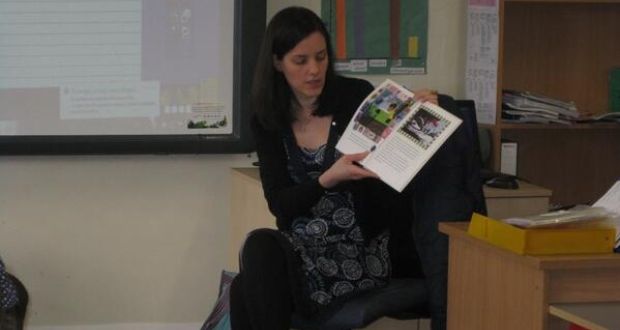 ‘Just five more minutes …’: the joy of writing for children
‘Just five more minutes …’: the joy of writing for children How to Start Writing Fan Fiction
How to Start Writing Fan Fiction Five Steps to Writing a Crime Novel Inspired by Your Family (Without Making Everyone Hate You)
Five Steps to Writing a Crime Novel Inspired by Your Family (Without Making Everyone Hate You) What we learned about... non-fiction writing
What we learned about... non-fiction writing How Mindfulness Can Transform Your Writing Life
How Mindfulness Can Transform Your Writing Life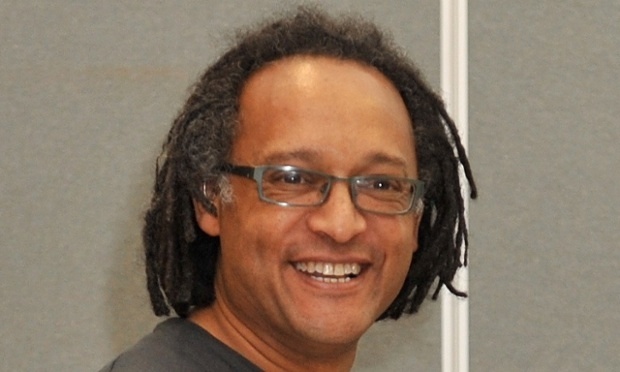 Pete Kalu’s top tips for writing non-cliched multicultural characters
Pete Kalu’s top tips for writing non-cliched multicultural characters Why are men so bad at writing sex scenes?
Why are men so bad at writing sex scenes? What I learned from writing over 800,000 words in two years
What I learned from writing over 800,000 words in two years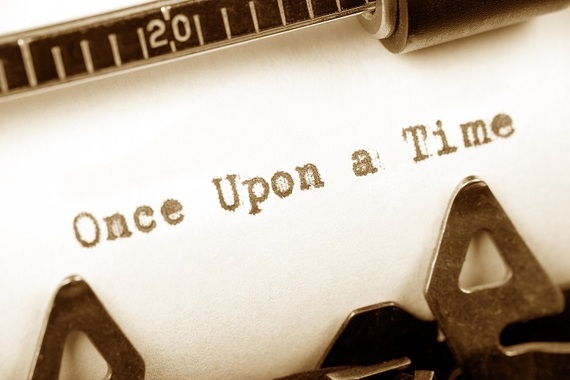 What Has Surprised You About The Writing Life? Intriguing Answers From Acclaimed Authors
What Has Surprised You About The Writing Life? Intriguing Answers From Acclaimed Authors What Writing His First Novel Taught Author Ted Bell About Writing His Ninth Novel
What Writing His First Novel Taught Author Ted Bell About Writing His Ninth Novel Writing books is not a sane way to make a living
Writing books is not a sane way to make a living Award-Winning Novelist Cecilia Galante Shares The Realities Of Writing As A Profession
Award-Winning Novelist Cecilia Galante Shares The Realities Of Writing As A Profession 5 Truths to Contemplate Before You Start Writing Your Book
5 Truths to Contemplate Before You Start Writing Your Book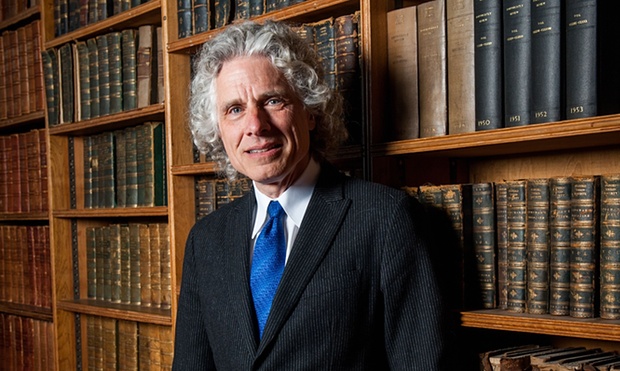 Steven Pinker: 'Many of the alleged rules of writing are actually superstitions'
Steven Pinker: 'Many of the alleged rules of writing are actually superstitions' Winning writing competitions
Winning writing competitions Travis Heermann writing in a foreign universe
Travis Heermann writing in a foreign universe Rachel Richardson launches the Rich Lit literary rights agency
Rachel Richardson launches the Rich Lit literary rights agency Bridport Prize Memoir Award 2024 competition nears deadline
Bridport Prize Memoir Award 2024 competition nears deadline Spread the Word relaunches London Writers Awards for 2025-2027
Spread the Word relaunches London Writers Awards for 2025-2027 This Online Writing Platform Wants Budding Authors to Plot an Elaborate Murder
This Online Writing Platform Wants Budding Authors to Plot an Elaborate Murder Authors report 'worst ever delays' with advances and royalties as some forced to survive on loans — survey
Authors report 'worst ever delays' with advances and royalties as some forced to survive on loans — survey New Literary Agent Listing: Maria Napolitano
New Literary Agent Listing: Maria Napolitano New Publisher Listing: Cherry Lake Publishing Group
New Publisher Listing: Cherry Lake Publishing Group Unwin Awards submissions open in inaugural year
Unwin Awards submissions open in inaugural year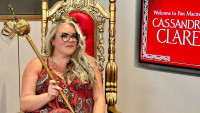 Black Crow Books: new horror publisher aims to open up 'booming' genre to everyone
Black Crow Books: new horror publisher aims to open up 'booming' genre to everyone Sebes & Bisseling hires four new agents as part of major expansion
Sebes & Bisseling hires four new agents as part of major expansion New Literary Agent Listing: Jessica Leeke
New Literary Agent Listing: Jessica Leeke Agatha Christie’s holiday home set to host new writing workshops
Agatha Christie’s holiday home set to host new writing workshops A M Heath reveals plans for 'significant growth' with key promotions
A M Heath reveals plans for 'significant growth' with key promotions Jade Kavanagh and Rebeka Finch step up at Darley Anderson
Jade Kavanagh and Rebeka Finch step up at Darley Anderson Writing Fantasy course launched taught by author Lucy Holland
Writing Fantasy course launched taught by author Lucy Holland
